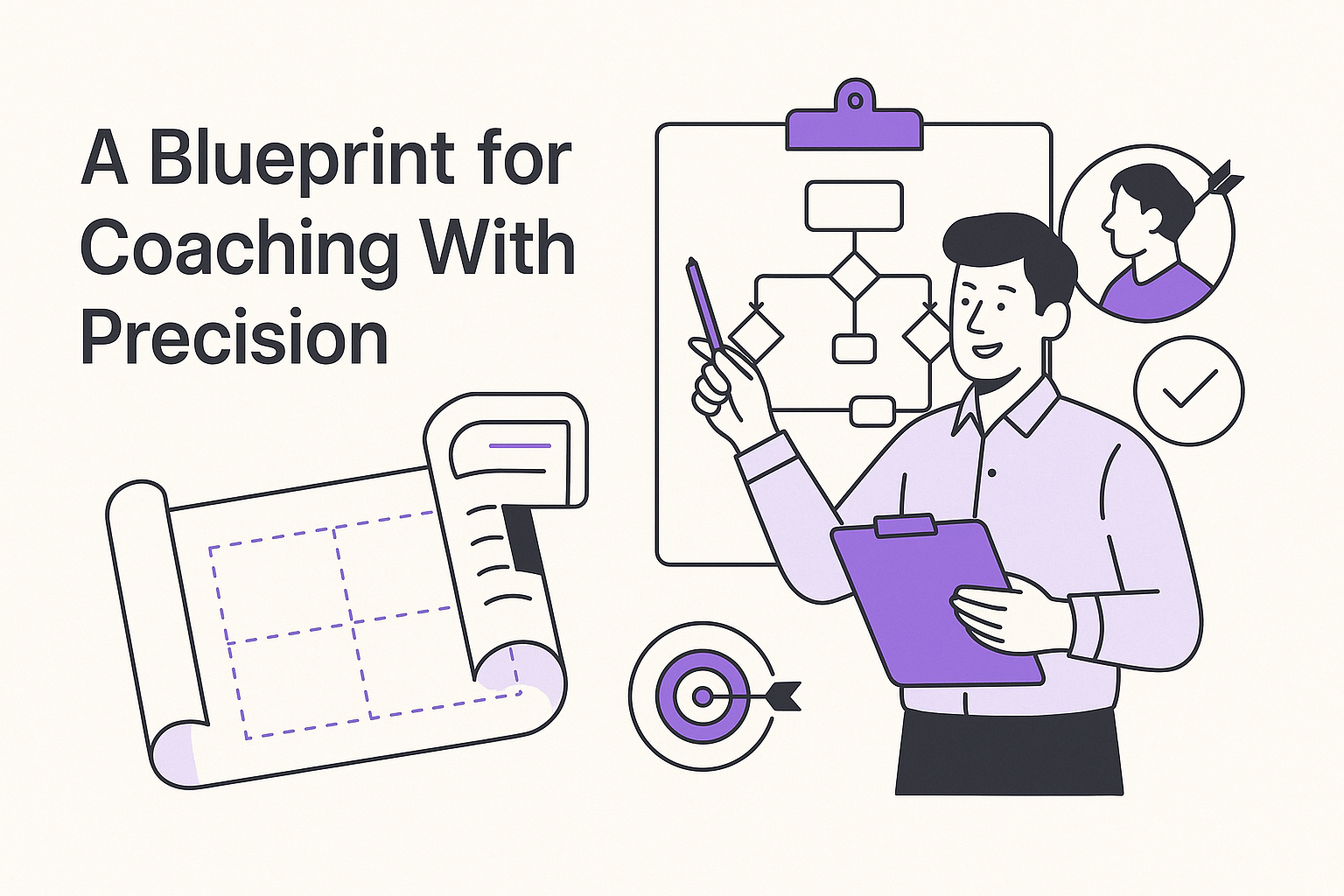Call Reporting and Analytics: Practical Guide
-
Hello Insight
- 10 min read
In today's fast-paced business environment, understanding customer interactions through call insights is crucial for making informed decisions. Gathering data from these conversations allows organizations to uncover valuable insights into customer needs and pain points. This Call Insights Guide presents a practical approach to reporting and analytics, empowering teams to interpret complex data effortlessly.
Effective reporting transcends mere data collection; it involves transforming raw information into actionable strategies. By employing the techniques outlined in this guide, businesses can harness the power of call analytics to enhance customer experiences and streamline operations. With a focus on clarity and usability, this guide ensures that anyone—from seasoned analysts to new team members—can access and interpret insights effectively.
Generate visualizations from your qualitative data. At Scale.

Understanding the Basics of Call Insights Guide
Understanding the basics of the Call Insights Guide is essential for anyone looking to improve their call reporting and analytics. This guide focuses on transforming raw call data into actionable insights that can enhance customer experiences and drive business decisions. By familiarizing yourself with this guide, you start to appreciate how every conversation holds valuable information about customer pain points, desires, and feedback.
To grasp the true potential of the Call Insights Guide, it involves recognizing its core components. First, users can effortlessly access and analyze recorded calls. These insights can reveal trends and themes within conversations. Second, the guide provides a structured approach to categorize findings, ensuring that you can track improvements over time. Understanding these elements equips anyone to harness the power of call insights for their organization, steering toward better decision-making and enhanced customer satisfaction.
Importance of Call Reporting and Analytics
Call reporting and analytics play a crucial role in enhancing customer service experiences. By effectively recording and analyzing call data, organizations can identify trends and gain insights into their team's performance. These insights help in assessing the effectiveness of training programs and ensuring that team members adhere to established frameworks during customer interactions.
Moreover, call analytics can spotlight recurring customer inquiries, enabling companies to refine their training and resources. For example, by analyzing calls, organizations can determine the most common questions asked by customers in different regions. This knowledge supports targeted training efforts, helping customer service representatives to address specific concerns more effectively. Ultimately, leveraging call reporting and analytics not only boosts team efficiency but also enhances overall customer satisfaction, making it an invaluable asset in the modern business landscape.
Key Metrics in the Call Insights Guide
Key metrics play a significant role in the Call Insights Guide, offering valuable parameters for evaluating call performance. These metrics can help identify trends, highlight areas for improvement, and facilitate effective coaching. Analyzing key metrics enables you to understand the nuances of each conversation and how well the representatives are performing against established benchmarks.
Essential metrics include call duration, response time, customer satisfaction scores, and resolution rates. Each of these elements provides insights into not just the efficiency of calls but also the quality of the customer experience. Monitoring these key metrics can lead to actionable strategies that enhance team performance and overall communication effectiveness. In essence, the Call Insights Guide serves as a roadmap to transforming how your organization approaches call reporting and analytics, ensuring ongoing growth and learning in your service delivery.
Evaluate Performance on Customer Calls for Quality Assurance.
Implementing Call Insights Guide Strategies
To effectively implement Call Insights Guide strategies, the first step is gathering accurate data. This involves ensuring that all calls are recorded and accessible for analysis. Structuring data correctly from the onset allows for efficient processing, helping to isolate specific interactions that hold valuable customer insights. It's crucial to maintain high-quality audio and clear conversations, as these factors influence the accuracy of transcriptions and subsequent analyses.
Next, turn to analyzing the collected data for actionable insights. By identifying trends and common pain points in customer interactions, you can tailor solutions that directly address these issues. Utilize tools that allow for the visualization of data to aid in spotting patterns. Regularly interacting with the insights generated encourages a responsive approach to customer needs. This cycle of gathering and analyzing data establishes an environment where informed decisions can lead to improved customer experiences.
Step 1: Gathering Accurate Data
Gathering accurate data is the cornerstone of effective call reporting and analytics. To achieve valuable insights, you must first ensure that the data collected is precise and comprehensive. Start by identifying reliable sources of information, such as call transcriptions, customer feedback, and performance metrics. This information should be collected consistently across all channels, providing a clear picture of call activities and customer interactions.
Next, implement a systematic approach to organizing this data. Utilize dashboards or analytics interfaces that can visualize patterns and trends in the information. This will enable your team to detect areas of improvement and facilitate coaching, training, and support based on real-time data. Remember, the effectiveness of your call analytics relies heavily on the quality of the data gathered. Prioritizing accurate data collection not only enhances reporting but also drives meaningful insights for better decision-making.
Step 2: Analyzing Data for Actionable Insights
Analyzing data for actionable insights is essential for turning raw call information into valuable strategies. First, compile your calls into specific projects based on time frames, such as monthly analyses. This allows you to identify patterns and trends over time. For example, if you analyze calls from July, you can discern prevalent issues, such as customer pain points or frequently requested features.
Next, utilize tools designed to summarize and extract key insights from your call data. These tools categorize information by themes, such as resource allocation or customer feedback, enabling you to focus on areas needing attention. By summarizing insights and generating visual reports, you can effectively communicate findings to relevant stakeholders. Taking these steps not only streamlines decision-making but also strengthens your understanding of customer needs. In this way, effective analysis leads to the development of targeted solutions, enhancing overall customer satisfaction.
Conclusion: Mastering the Call Insights Guide
Mastering the Call Insights Guide is essential for deriving value from call reporting and analytics. As you integrate this guide into your routine, you’ll unlock numerous opportunities to enhance decision-making within your organization. The practical tips outlined not only simplify the process but also enable users from all backgrounds to navigate call data effectively, contributing to a more informed business strategy.
In conclusion, becoming proficient in utilizing the Call Insights Guide fosters a culture of continuous improvement. By understanding customer experiences and identifying pain points, organizations can adapt quickly to market demands. Equip yourself with the knowledge gained here, and watch your analytical capabilities grow to drive meaningful results in your company.






